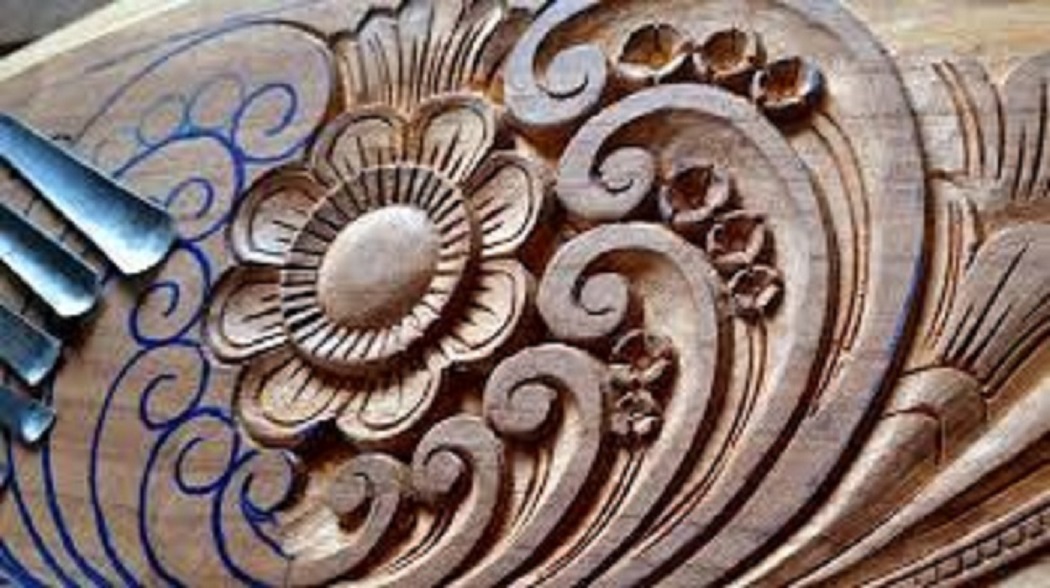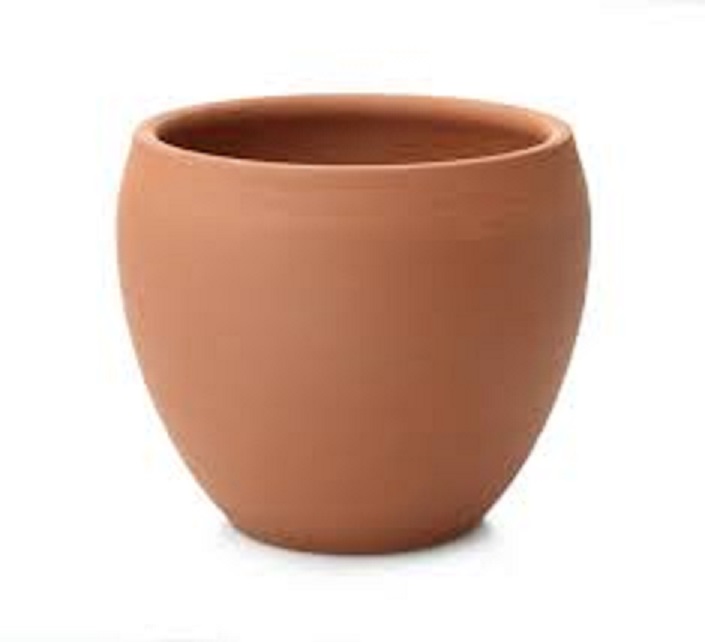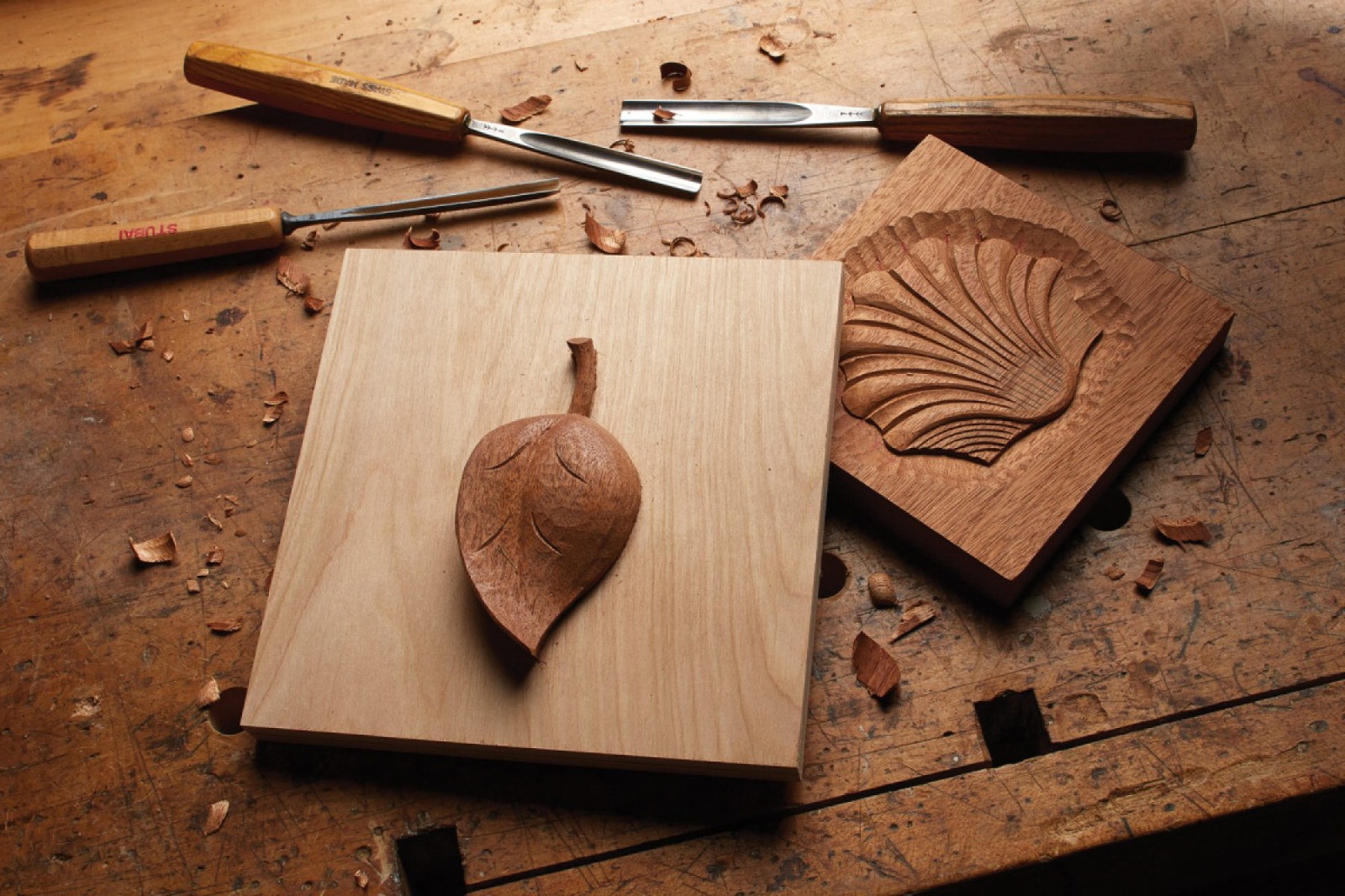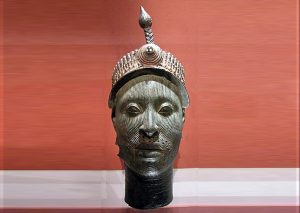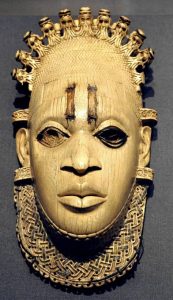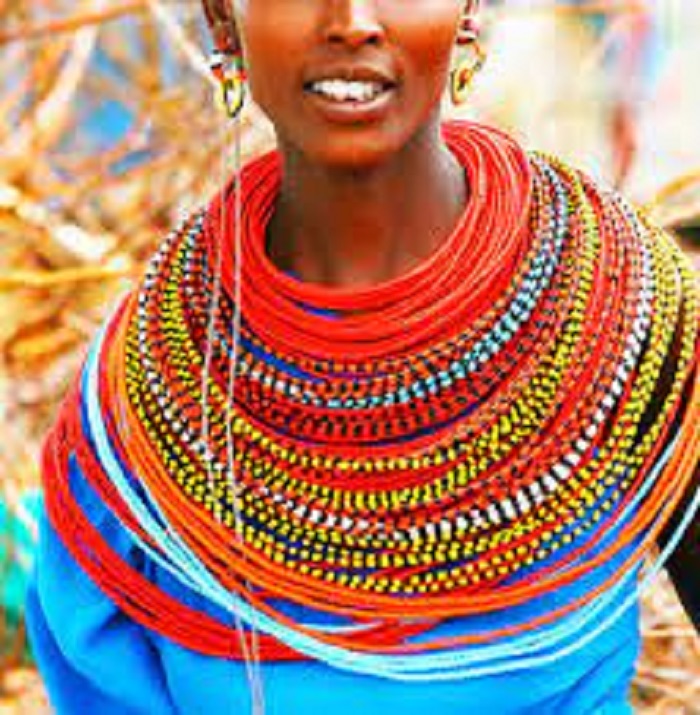
Credit: Adobe Stock
Bead making in Africa has a rich history and cultural significance. African beadwork is renowned for its vibrant colours, intricate patterns, and diverse uses. Beads have been used in Africa for thousands of years and hold both aesthetic and symbolic value in various African cultures.
Different materials are used to make beads. And as an African, I am delighted to let you know that African beads are made from a wide range of materials, including glass, clay, bone, wood, metal, seeds, shells, and even recycled materials like plastic. Each material carries its own significance and can vary depending on the region and culture.
When it comes to techniques, different African regions and cultures have their unique techniques for bead making. Some common techniques include:
Glass Bead Making
Glass beads are often handmade using a technique called lampworking or wound bead making. Skilled artisans heat glass rods or tubes over a flame until they become molten, then shape and decorate them using tools and molds.
Clay Bead Making
Clay beads are created by molding and shaping clay, which is then fired or baked to harden. They are often hand-painted or decorated with intricate patterns before firing.
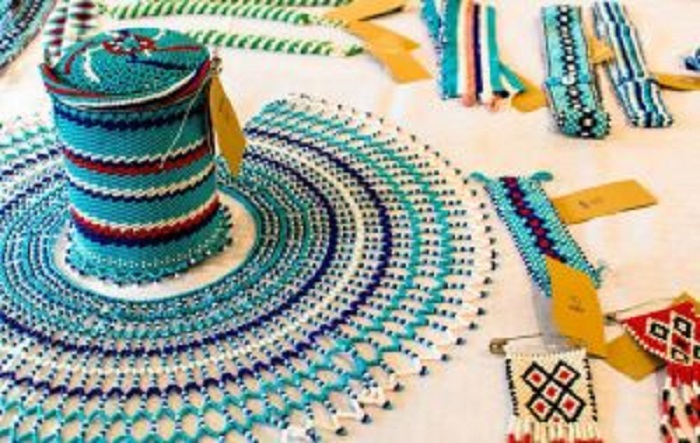
Bead Stringing
Beads are strung together using various materials such as thread, wire, or natural fibers. The strings can be used to make jewelry, clothing accessories, or decorative items.
Interestingly, the significance of beads are numerous. Beads hold cultural and symbolic importance in African societies. They are used for personal adornment, ceremonies, rituals, storytelling, and communication. Beads can represent social status, wealth, spirituality, protection, fertility, and even serve as a form of currency.
Some of the examples of African beadwork include, Maasai Beadwork (East Africa): The Maasai people of Kenya and Tanzania are known for their intricate beadwork. They create colourful beaded jewelry, collars, belts, and headdresses. Each bead color and pattern holds specific meanings and can signify age, marital status, or clan affiliation.
Krobo Beadwork (Ghana)
The Krobo people of Ghana are famous for their recycled glass bead making. They use discarded glass bottles and melt them down to create unique and colorful beads. Krobo beads are widely used in jewelry, clothing, and traditional ceremonies.
Zulu Beadwork (South Africa)
Zulu beadwork is prominent in South Africa, particularly among the Zulu people. They create beaded items like necklaces, bracelets, and headbands, often using vibrant colors and intricate geometric patterns. Beadwork is a significant part of Zulu cultural ceremonies and represents social and spiritual meanings.
Beads of different kinds can also be found in Nigeria, among the Yorubas, the Ibos, the Niger Deltans. These beads are worn on special days and occasions to signify the status affluence of people.
Bead making in Africa is not only a craft but also a way of preserving cultural heritage and expressing artistic creativity. It continues to evolve, incorporating traditional techniques with modern influences, and plays a vital role in the economic empowerment of African artisans and communities.
What do you like about African beads?
Kindly like and share the story.


